Ring road: Rafael Viñoly unveils a new bridge on a Uruguayan lagoon
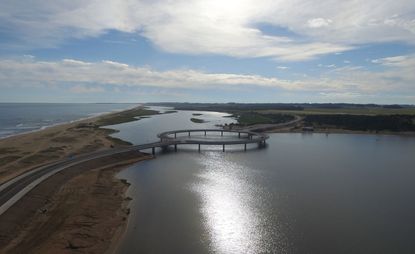
The unspoiled blue waters of the Garzón lagoon – a stone's throw from Uruguay's breathtaking southern beaches – now feature a new ring-shaped bridge, courtesy of Uruguay-born, New York-based architect Rafael Viñoly.
'The concept was to transform a traditional vehicular crossing into an event that reduces the speed of the cars, to provide an opportunity to enjoy panoramic views of an amazing landscape, and at the same time create a pedestrian place in the centre where people can sit, fish, bathe, and stay above the water at a unique point of view,' says Viñoly.
The new connection unites the nearby, inland village of José Ignacio with the seemingly endless stretch of empty, picture-perfect sandy beaches along the coast, and the maritime towns of La Paloma and La Pedrera.
The bridge, affording 360-degree views, replaces a system of slow rafts, which allowed only two cars to pass at time. This 'lagoon inside a lagoon' sits on round concrete pillars that support two straight ramp sections. A central rotunda with two lanes of traffic is sandwiched between two pedestrian walkways. This is a crossing clearly designed to slow circulation, minimising the impact on a lagoon that is a known sanctuary for black-necked swans, snow geese, flamingos and egrets.
'The whole initiative from the beginning was geared towards diminishing the impact on a very sensitive eco-system. By splitting the tracks of the bridge, we could reduce the shadows over an area that is famous for its clam harvesting,' says Viñoly. 'The profile of the section and the reduced number of columns, which was possible because of the circular form of the structure, contribute to the same.'
Viñoly donated his design and services for this project, while Eduardo Costantini, the mastermind behind the MALBA museum in Buenos Aires and developer of Las Garzas – a deluxe residential condo just across the bridge, in Rocha – invested heavily in its construction. An estimated 20 per cent of the total cost was paid by the local government. Created according to the area's environmental standards, the project's section for car traffic was designed to handle about 1000 vehicles a day.
This is clearly a project close to its architect's heart. 'I have a lifelong attachment to this area, where I spent most of my childhood, when the place was a marvellous unpolluted environment that became challenged by land speculation and a complete lack of planning that could control it,' he concludes. 'It was almost a moral and intellectual obligation.'

The architect aimed to create a structure that would help transportation, but also offer visitors the opportunity to enjoy a stunning natural landscape
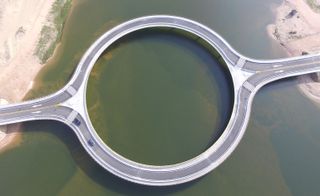
It was equally important that the project doesn't disrupt the environment, which is a sanctuary for black-necked swans, snow geese, flamingos and egrets
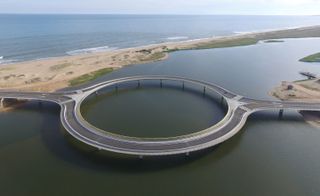
The bridge's circular design purposely helps slow cars down, so as to minimise their impact on the site
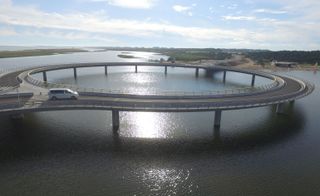
Two pedestrian walkways run parallel to the car traffic on the bridge, which stands on round concrete columns
Wallpaper* Newsletter
Receive our daily digest of inspiration, escapism and design stories from around the world direct to your inbox
-
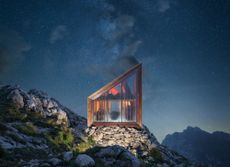 The visual feast of the Sony World Photography Awards 2024 is revealed
The visual feast of the Sony World Photography Awards 2024 is revealedThe Sony World Photography Awards 2024 winners have been revealed – we celebrate the Architecture & Design category’s visual artists
By Ellie Stathaki Published
-
 Don’t Move, Improve 2024: London’s bold, bright and boutique home renovations
Don’t Move, Improve 2024: London’s bold, bright and boutique home renovationsDon’t Move, Improve 2024 reveals its shortlist, with 16 home designs competing for the top spot, to be announced in May
By Ellie Stathaki Published
-
 Perfumer H has bottled the scent of dandelions blowing in the wind
Perfumer H has bottled the scent of dandelions blowing in the windPerfumer H has debuted a new fragrance for spring, called Dandelion. Lyn Harris tells Wallpaper* about the process of its creation
By Hannah Tindle Published
-
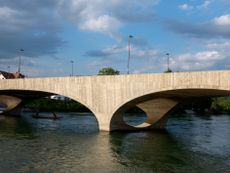 Contemporary bridge design connecting worlds
Contemporary bridge design connecting worldsThe world’s most extraordinary bridge design, showcasing the finest blend of architecture and engineering, from Italy to the US and the UK. Cross these bridges when you come to them!
By Ellie Stathaki Published
-
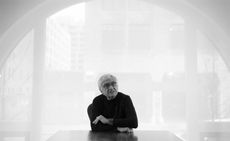 In memoriam: Rafael Viñoly (1944 – 2023)
In memoriam: Rafael Viñoly (1944 – 2023)Rafael Viñoly, architect of 432 Park Avenue and London’s ‘Walkie Talkie’, has died in New York aged 78
By Ellie Stathaki Published
-
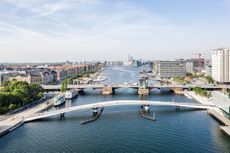 Wilkinson Eyre's new Lille Langebro bridge serves Copenhagen's cyclists
Wilkinson Eyre's new Lille Langebro bridge serves Copenhagen's cyclistsBy Ellie Stathaki Last updated
-
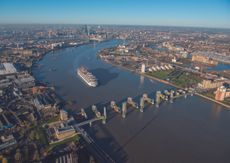 Imagining a new Thames pedestrian bridge in East London
Imagining a new Thames pedestrian bridge in East LondonBy Hadani Ditmars Published
-
 In Downtown Miami, Rafael Viñoly’s latest luxury development is on point
In Downtown Miami, Rafael Viñoly’s latest luxury development is on pointBy Harriet Thorpe Last updated
-
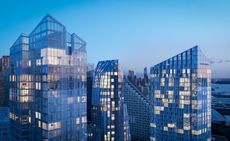 With New York’s Waterline Square, three architects are better than one
With New York’s Waterline Square, three architects are better than oneBy Harriet Thorpe Last updated
-
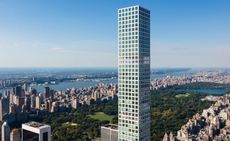 Top of the world: we unveil the 432 Park Avenue penthouse
Top of the world: we unveil the 432 Park Avenue penthouseBy Ellie Stathaki Last updated
-
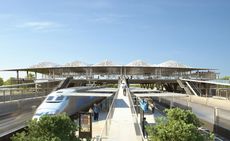 Bridging the gap: W* meets French engineer and architect Marc Mimram
Bridging the gap: W* meets French engineer and architect Marc MimramBy Clare Dowdy Last updated